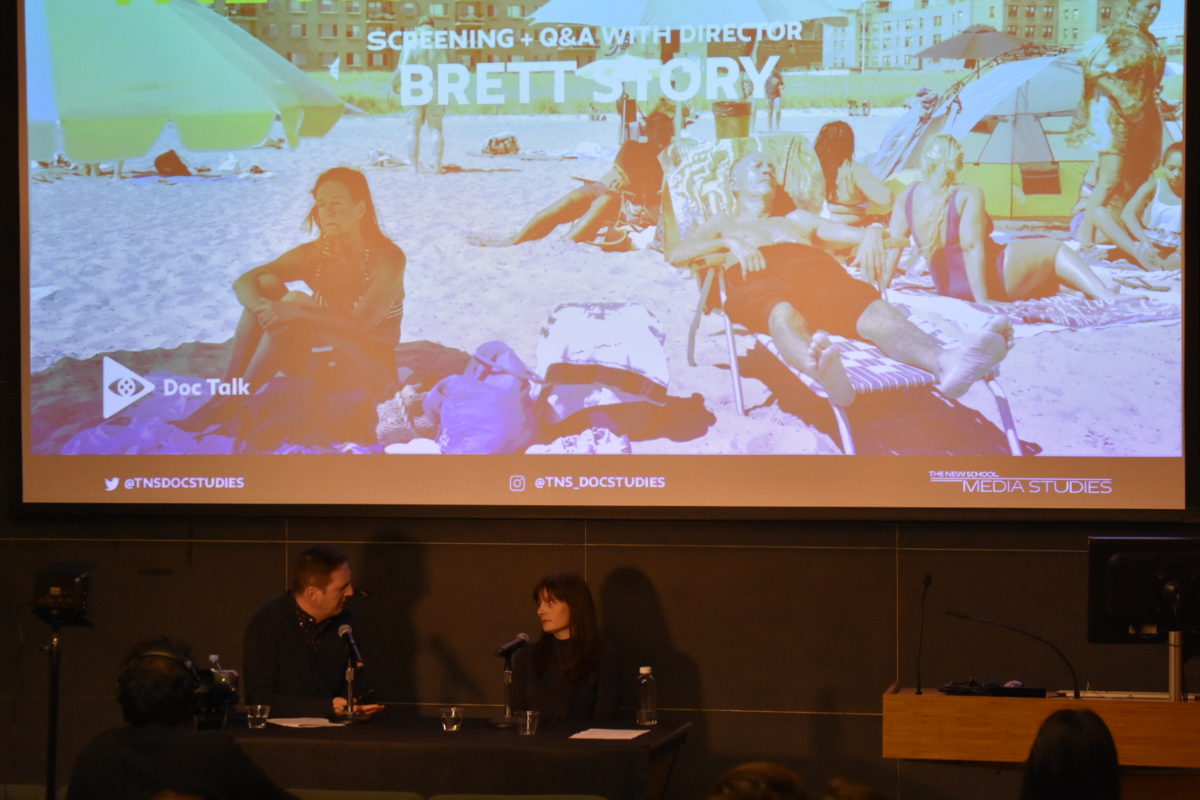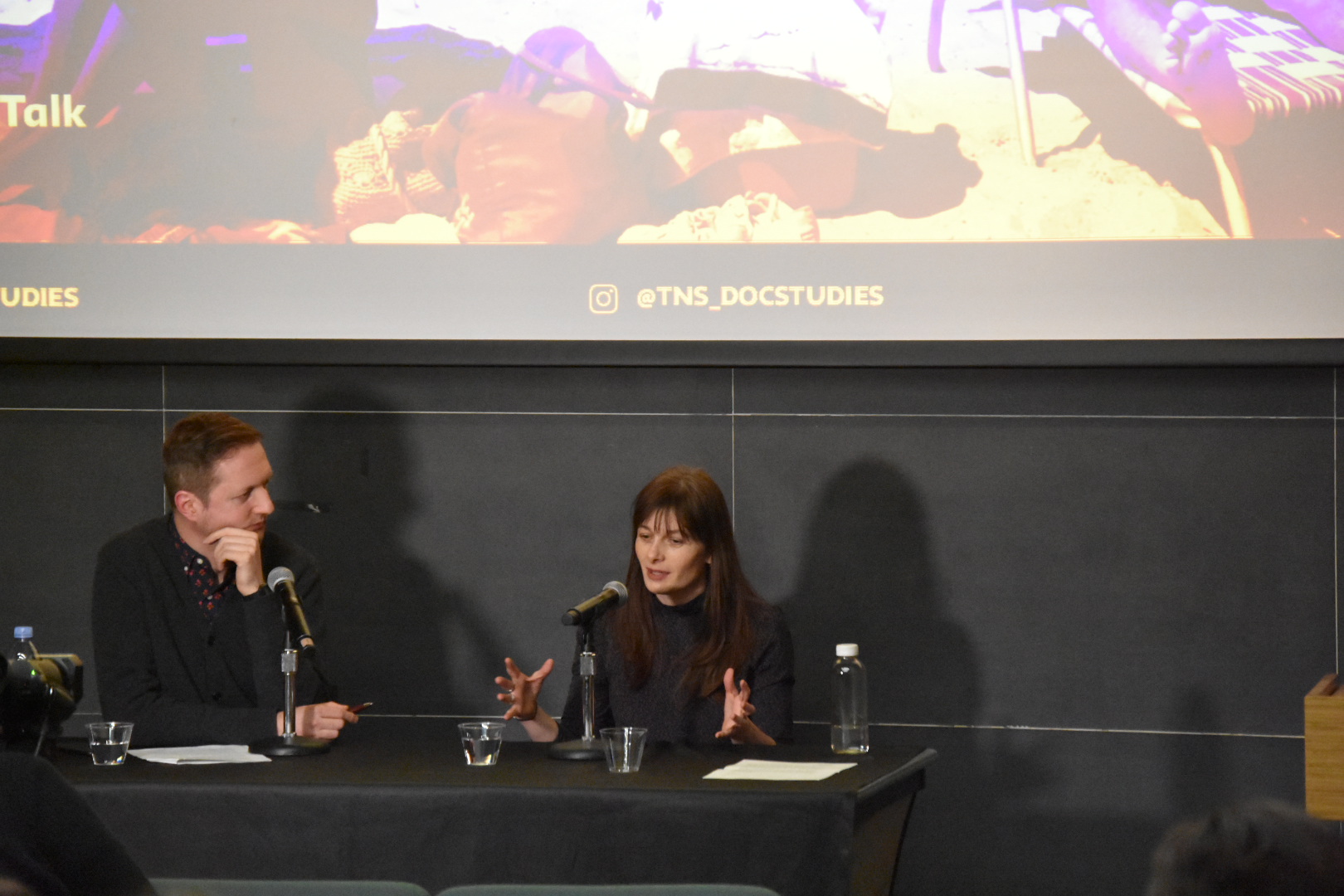What does it mean to dream about yourself in the future? This past decade, marked by a tumultuous political climate and an ever-increasing ecological crisis, has arguably altered the way in which we view what lies ahead of us. Documentarian Brett Story explored this notion in her 2019 film, The Hottest August. She set out across New York City over one month in 2017 to capture how people throughout the city are grappling with life to come.
Shot during the warmest month of the year, New Yorkers told Story about their anxieties: including capitalism, the housing crisis, white nationalism and climate change.
Story screened her film at The New School on Jan. 27. She answered questions during the Q and A afterward, which was moderated by Amir Husak, who is the director of Documentary Studies and an assistant professor in the School of Media Studies.

“What I greatly appreciate about Brett’s film is that, unlike many other films on climate change, it does not waste time on proving that the crisis is real. It transcends that and asks, how and where will we go from here?” Husak said. “It is a portrait of a society that resembles a deer caught in the headlights, expecting a potentially mortal impact.”
Story’s work has gained attention at festivals around the globe, including True/False, Oberhausen and the Viennale. Her 2016 film The Prison in Twelve Landscapes was nominated at the Canadian Screen Awards for Best Feature Documentary.
The Hottest August is “about climate change, disguised as a portrait of collective anxiety,” reads the film’s synopsis.
“I feel and think a lot of things people are feeling and thinking, which is an unrelenting dread about the future,” Story said after the screening. “I explored dread as something social and political.”
New York City is home to about 8 million people from all walks of life and understanding. Story’s film was equally a comment on climate change as it was a documentation of how New Yorkers inhabitat the same city with vastly different experiences and opinions as someone who may be sitting next to them on the subway. While each of Story’s subjects thought of the future in a different light, the film explored the collective doubts, fears, and hopes that New York City feels with climate change looming in the background.
In the documentary, two recent college graduates filmed on the beach at Coney Island opened up about how they were terrified over what lays ahead of them, questioning whether they would have children or not due to climate change.
When Story filmed in Staten Island, a woman whose house was badly damaged and still unremediated after Hurricane Sandy in 2012 said she wasn’t worried about increased flooding with climate change, because the island has been flooding her entire life.
Story also spent time with one artist from Brooklyn who wore an eclectic space suit he created to represent the past, future and present, addressing how people of color were, still are and will be treated in America.
With a running time of 95 minutes, the film was shot with a consistent technique: keeping the camera entirely still while the subjects and background ebbed and flowed. Scoring for the film was done by sound designer Ernst Karel and composer Troy Heroin, ultimately creating eerie sounds to match the anxieties the film approached.
During intimate shots of the city, actor Clare Coulter narrated excerpts from the works of authors including Karl Marx and Zadie Smith. The line that concluded the film was: “During that August and in the months that followed, the world saw hurricanes and fires, while the water around New York continued to rise and rise.”
Another unrelenting theme throughout The Hottest August was New Yorkers persistent love for this city. But as seen with Hurricane Sandy, New York’s five boroughs sit on fragile land. The love the city’s inhabitants have for their home will be put to the test in coming years, as climate change will prove wicked storms and even warmer Augusts in New York City.







